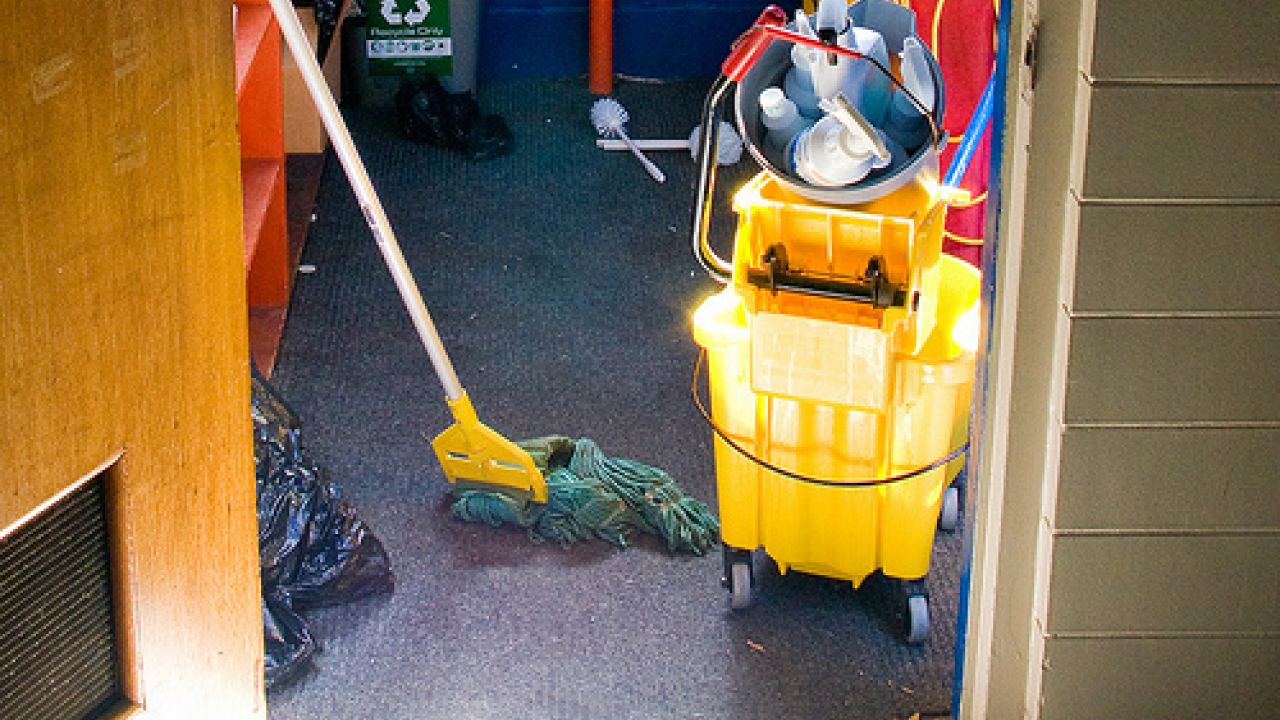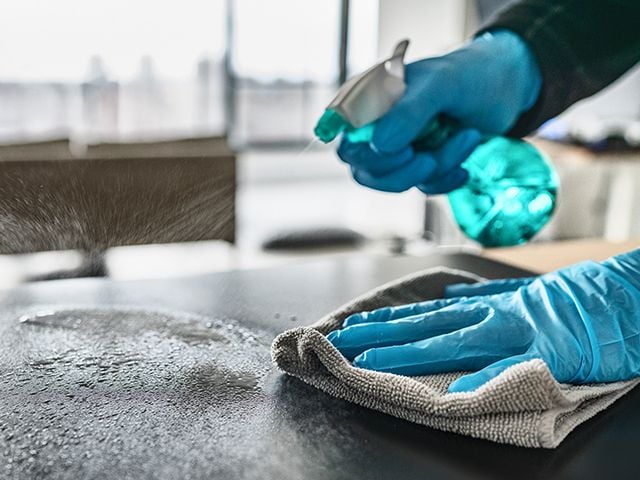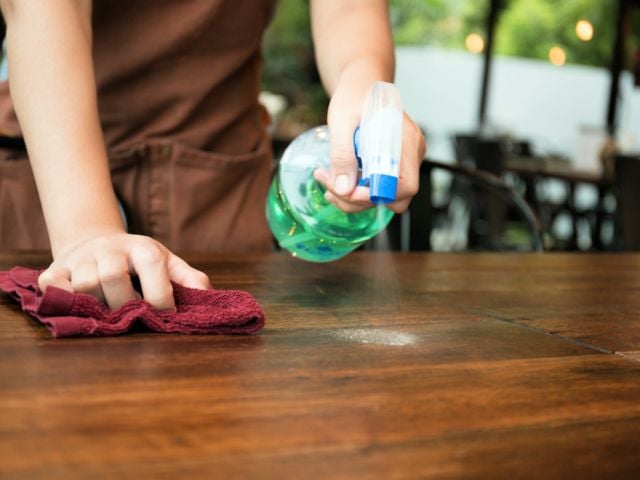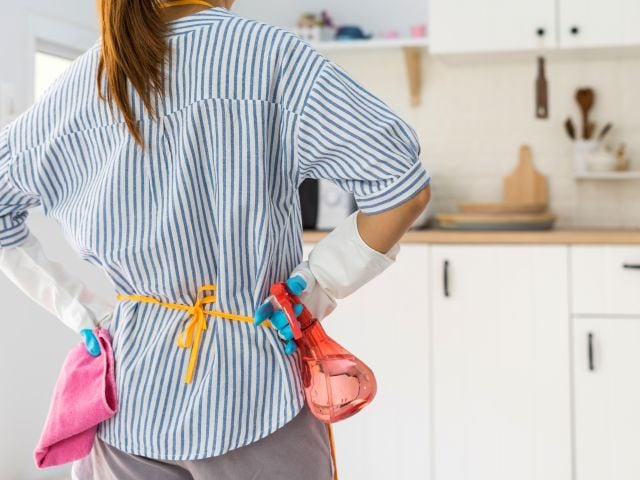
By Lisa Frack
Baking soda, vinegar and plain soap are my cleaning supplies at home - plus a little elbow grease. I don't use conventional cleaners for a reason: I don't know what's in them (very weak labeling laws) and I'm pretty certain they're not good for my family. But for about 6 hours a day, 5 days a week, my kids aren't at home. They're at school. And what, exactly, do they clean with there?
Beats me.
But it shouldn't, because EWG tests revealed 100's of chemicals in common school cleaning products - most of which have never been assessed for safety and others that are linked to asthma and cancer. Not exactly ideal for young learners - or the teachers and school staff who are also exposed.
EWG product tests revealed 100's of unhealthy air contaminants Because cleaning product labels are so under-regulated, product testing is the only way to really know what's in them. So test we did. In our tests and ingredient list analysis we identified:
- 6 chemicals known to cause asthma.
- 11 chemicals that are known, probable, or possible human carcinogens.
- 283 chemicals on which there is almost no scientific data, according to a review of the scientific literature.
We found air fresheners, graffiti removers, and floor finishes to be especially polluting products. You can see a full list of the chemical we detected in the report.
What's so bad about chemicals in school cleaning products? It goes without saying that healthy indoor air is essential for any classroom. Yet 1 in 5 public schools in the U.S. have unsatisfactory indoor air quality, causing asthma and other health problems in students, teachers, custodians, and staff.
Chemicals in many conventional cleaning supplies used in California schools (where we identified commonly-used products for testing) have been linked to asthma, cancer, reproductive toxicity, hormone disruption, and neurotoxicity. After cleaning, chemical residues have been measured in air, on surfaces, in dust - and some of these chemicals have been detected in people's blood and urine, a clear indication of exposure. Read the full discussion of health effects.
Green-certified cleaners are a better (but not perfect) bet The certified green cleaners we had tested released less than one-sixth the total air pollution emitted by conventional products. And there's more good news:
- They don't contain ingredients known to cause asthma,
- The soaps don't contain anti-bacterial ingredients,
- They're effective,
- They meet standards that address health and safety concerns for workers,
- They don't contain chemicals of concern common in traditional cleaning products, and
- They don't have to cost more.
All that said, most green cleaning products could be a little greener; some that we tested emit substances that could pose a risk to children's health, indicating that the certification process is not airtight and needs to be continually upgraded. (Are you there, certifiers?).
Regardless, they are still very much worth a switch. Our recommendation? Green Seal
Work with your school to use greener products and practices Greening our schools' cleaning routine (or at the very least asking what it IS) is now high on my list. If it's on yours, too, check out our tools for parents to help your kids' schools green their cleaning. You'll find:
- 8 steps to work effectively with your school
- A customizable letter you can use to start the conversation, and
- A fact sheet to help educate school administrators about the benefits of green cleaning.
Clean greener at home, too Some of the products we had tested are also commonly used for home cleaning, so we put together our top tips for safer home cleaning, too. While you begin the process of working with your school to clean greener, you can make some simple changes at home - where you're in charge.
[Thanks to Flickr CC & Robert S. Donovan for the colorful cleaning closet]



